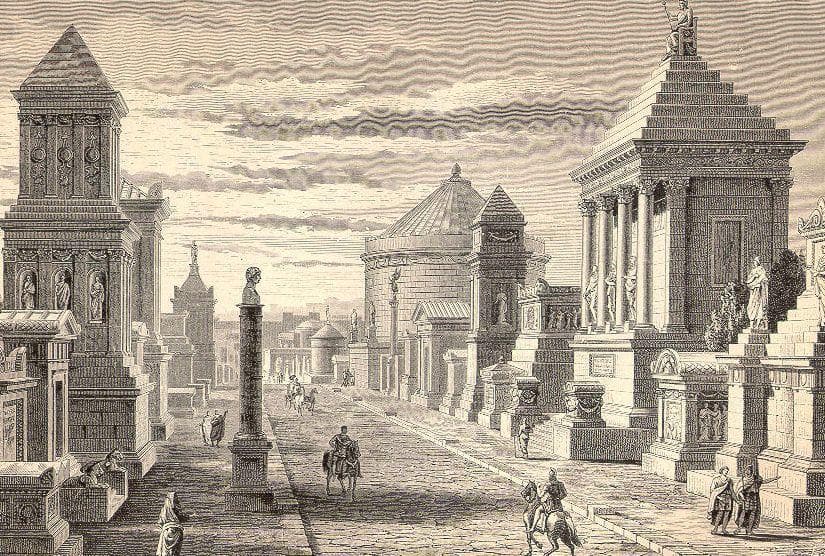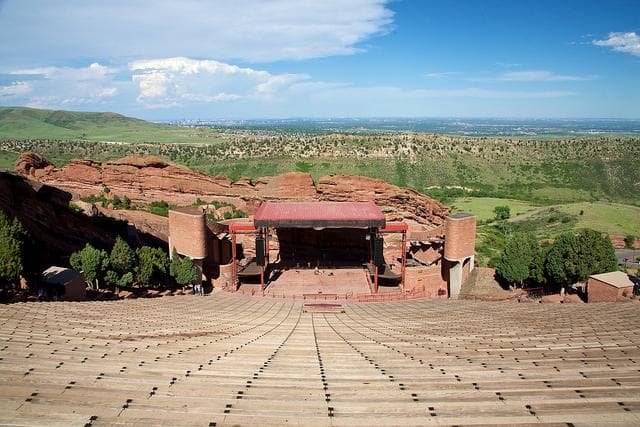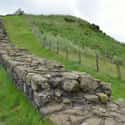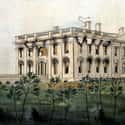-
(#7) Bamyan
- Bamyan Province, Afghanistan
Though Afghanistan is now a predominantly Muslim country, its history is rich and multifaceted. Conquered by Alexander the Great in the 4th century BCE, Afghanistan was a key site of Greco-Buddhism, a variant of the Eastern religion which flourished in the Greco-Bactrian kingdom that was established in Alexander's wake. Later, the Afghan town of Bamiyan lay on the legendary Silk Road, becoming exposed to cultural interchange between East and West.
It was here that, in the 6th century C.E., two massive statues of Buddha - among the largest ever made - were built. They survived for more than 1400 years, until, in March 2001, they were deliberately taken out with explosives by occupying Taliban forces, because their existence was seen by the Sunni Muslim leadership as a form of idolatry.
The destruction sparked an international outcry, but nothing could be done to prevent it. Now all that remains of the Buddhas of Bamiyan are the niches carved into the rock to house them.
-
(#4) Hadrian's Wall
- United Kingdom
Hadrian's Wall, built in the 2nd century CE to secure the nothern frontier of the Roman Empire in the British Isles, is impressive for its length but otherwise not a terribly imposing structure these days. However, sources say it was once as much as 11 feet tall and 8 feet wide.
After the Romans left Britain, the Wall's stone was used over the centuries by medieval Britons to build new structures. The stone, already cut, provided an easy resource for a population not particularly interested in historical preservation.
There are bits of Hadrian's Wall all over the region, in buildings like St. Paul's Monastery at Jarrow and Lanercost Priory. Not until the 18th and 19th centuries did the plundering stop, thanks to the efforts of conservationists like John Clayton.
-
(#3) White House
- Washington, D.C., USA
Everybody knows the White House was burned by British troops during their occupation of Washington D.C. in 1814, during the War of 1812. What's less well known is that remnants of the conflagration still exist today.
The original sandstone part of the structure was not rebuilt, and many of the blocks bear visible scorch marks from that fateful day more than 200 years ago.
-
(#6) The Aztec Templo Mayor Was Torn Down By Spaniards Who Built A Cathedral With Its Stone
When Spanish conquistadores first beheld the Aztec capital of Tenochtitlan, they were astonished by its architectural splendor. Of course, that didn't stop them from conquering the city, deposing the Emperor, and tearing down some of the most impressive Aztec monuments.
Chief among these was the Templo Mayor, a huge temple complex dominated by a massive step pyramid some 200 feet tall, where human sacrifice was performed on a nigh-industrial scale.
After the Battle of Tenochtitlan and the subsequent establishment of Spanish rule in Mexico, the Spaniards used some of the Templo Mayor's stone in constructing the nearby Cathedral of the Assumption of Mary, which still stands today. An archeological site and museum can be visited where the old temple once stood.
-
(#10) The Serapeum of Alexandria Was The Site Of Urban Warfare Between Christians And Pagans
Once a splendid temple complex that included an annex to the famous Library of Alexandria, the Serapeum was one of the most high-profile victims of the Christian/Pagan conflicts that raged across the declining Roman world in late antiquity.
In 391, after riots following an anti-pagan edict by Theodosius, the patriarch of Alexandria, the temple became the site of a kind of urban warfare. The city's pagans barricaded themselves inside the Serapeum, and a mob of Christians (that may or may not have been aided by Roman soldiers) stormed the place. In the end, the temple was completely demolished; the only aboveground part that survives is a 100-foot-tall column known as Pompey's Pillar.
-
(#2) Great Sphinx of Giza
- Giza, Egypt
Popular legend claims that Napoleon's gunners - whether on purpose or accidentally - shot off the Great Sphinx's nose during his 1798 campaign in Egypt.
But sketches of the Sphinx, made decades earlier, show the nose was already gone. The culprit may be a man named Muhammad Sa'im al-Dahr, who, according to 15th-century Arab historian al-Maqrizi, took out the nose in 1378 because he was enraged after seeing peasants making pagan offerings to the ancient statue.
A less-exciting explanation is that simple erosion did the job. But where's the fun in that?
New Random Displays Display All By Ranking
About This Tool
As a witness to a period of history, historical buildings are now receiving more and more attention and protection from governments. But in the past, they were unfortunately destroyed for various reasons, from accidental losses to man-made destruction, from war turbulence to natural disasters, precious cultural relics and historic sites are facing many potential disasters.
They are all magnificent and fragile human memories and have important and unique historical, archaeological or religious significance. Many people are expressing heartache for the disasters that destroy monuments. The generator includes random 10 ruined famous monuments in the world.
Our data comes from Ranker, If you want to participate in the ranking of items displayed on this page, please click here.
















